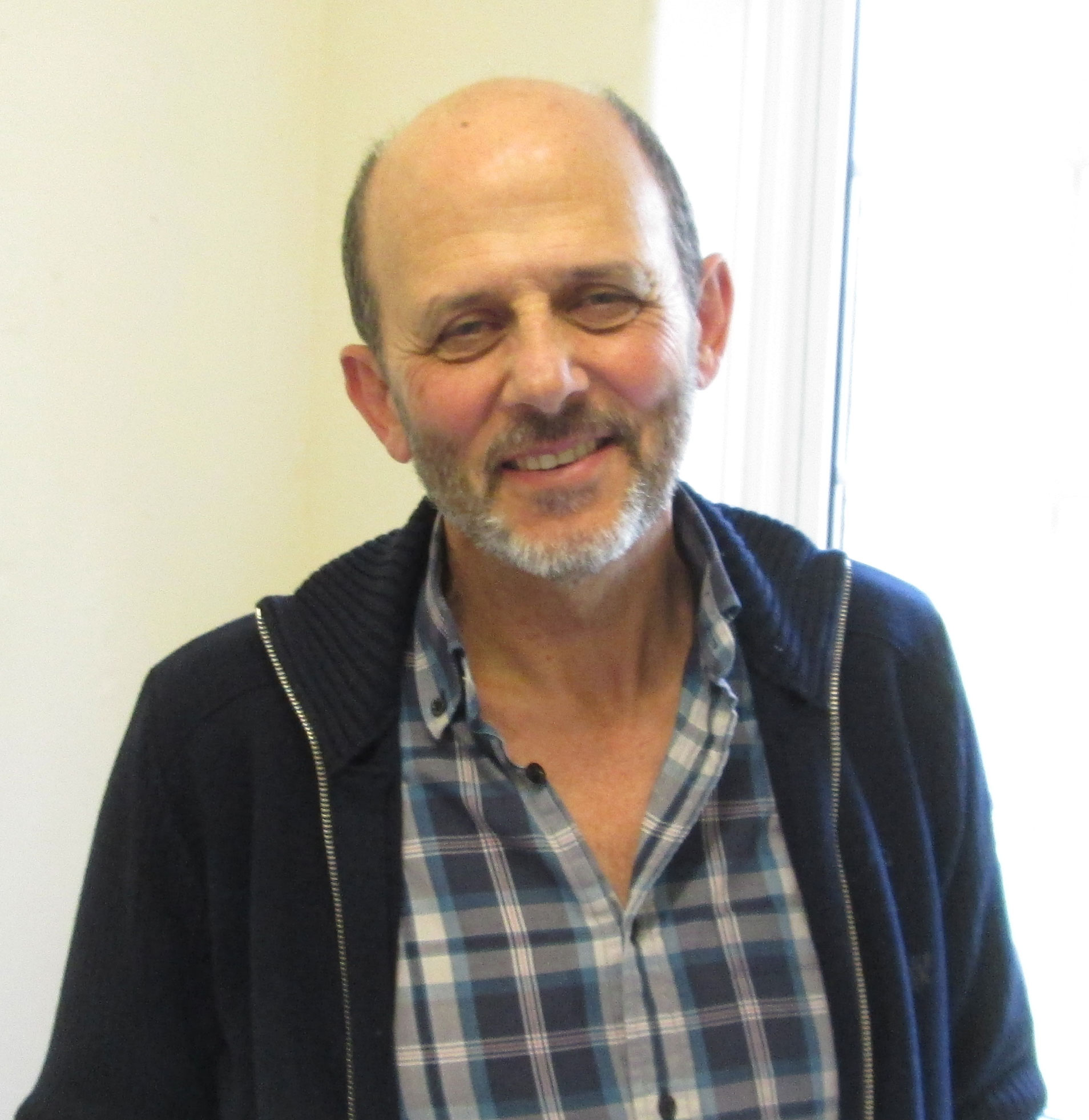Professor Francisco (Paco) Padilla from the University of A Coruña in Spain gave a Seminar at WIT on the topic of Integrated Watershed Modelling in which he explained the way in which different water sources can be integrated to describe freshwater behaviour at the scale of the watershed
Paco is currently Professor of Hydraulics at the School of Civil Engineering at his University in Spain, after having worked at the University of Quebec for many years.

His model can take into account effects as diverse as seawater intrusion in aquifers, floods, regulation facilities, evaporation, water consumption depending on the type of crops or forest and many others.
The model can predict extreme hydrological problems, such as floods and droughts, as well as water resources management in river basins. It allows for the integration of processes on different scales.
He presented some interesting applications, focusing on three case studies during his talk. The first application described by Paco was the Guadalhorce River Watershed near Malaga. There the river is mainly affected by the behaviour of the alluvial stratus in which it runs. The problem was solved using finite elements and the results gave important information about the behaviour of the aquifer and river. One major problem there is the occurrence of periodical floods and to solve the problem it was proposed to dredge the river. The solution showed that in that case the saltwater intrusion wedge was going to advance further, damaging the quality of the water taken from the aquifer. It was then found more appropriate to stop withdrawing freshwater from the nearby pumping wells.
Another application was the study of an extreme hydrology event. It dealt with the flooding hazard of Aznalcollar Dam in the Guadiama River. In this case a tail dam burst due to the large volume of spoilts discharded in the reservoir. This produced a major ecological disaster near the Doñana National Park which produced a heavy pollution in the surrounding areas.
The breach polluted a large area in a very short time. The computer model was able to simulate the breaking of the dam and the consequent pollution dispersion. The sediments distributed in this river were a major source of pollution.
The spillage changed in character as time passed, starting with mainly water at the first spillage and ending with pure sludge for the second spillage. The model was able to accurately predict the registered limnigraph for the two flooding events, ie water followed by sludge.
The last of the applications presented by Paco involved a Water Resources Management case. It was the modelling of the Mero River Watershed in Galicia. The model was able to account for the extreme complexity of the region. It was used to predict the actual and future Water Management for the zone.
The lecture was followed by a series of questions regarding the applications of the Model, as well as the type of equations and computational methods applied.

 Wessex Institute
Wessex Institute